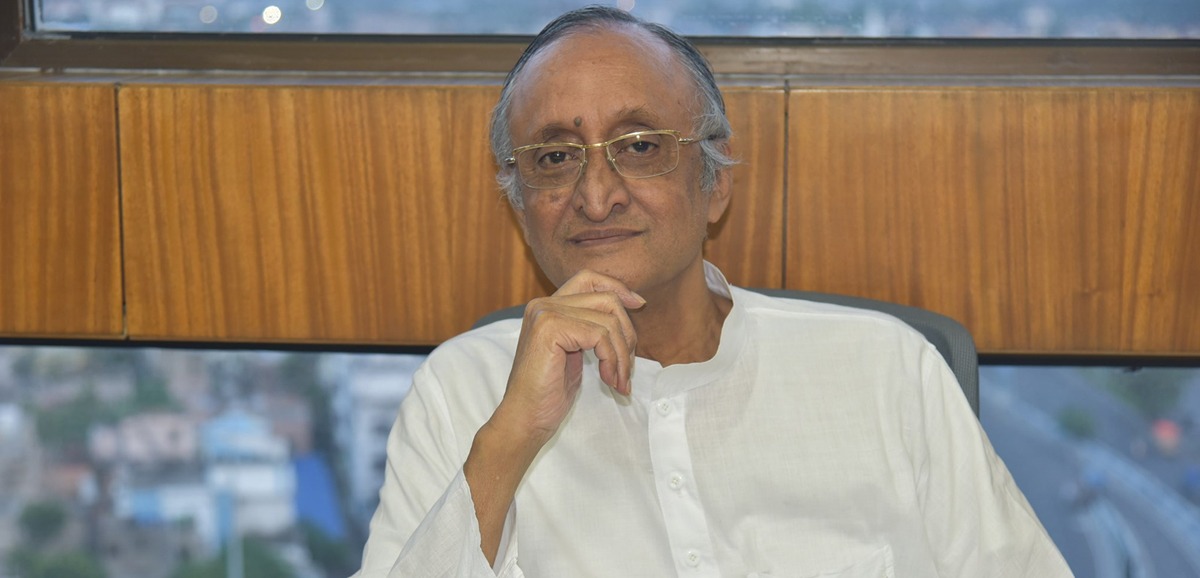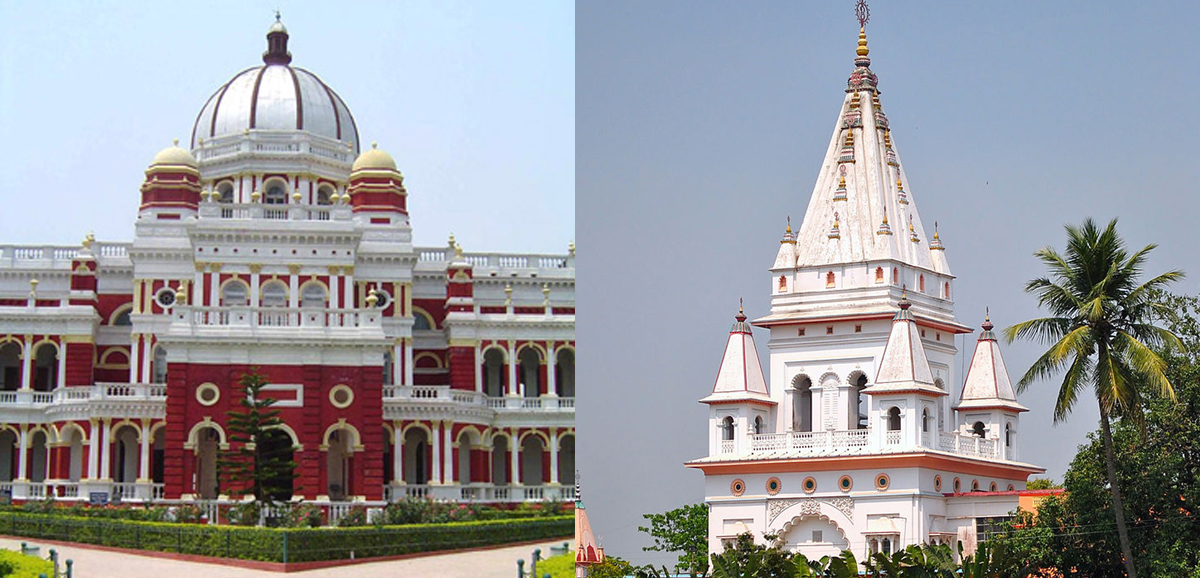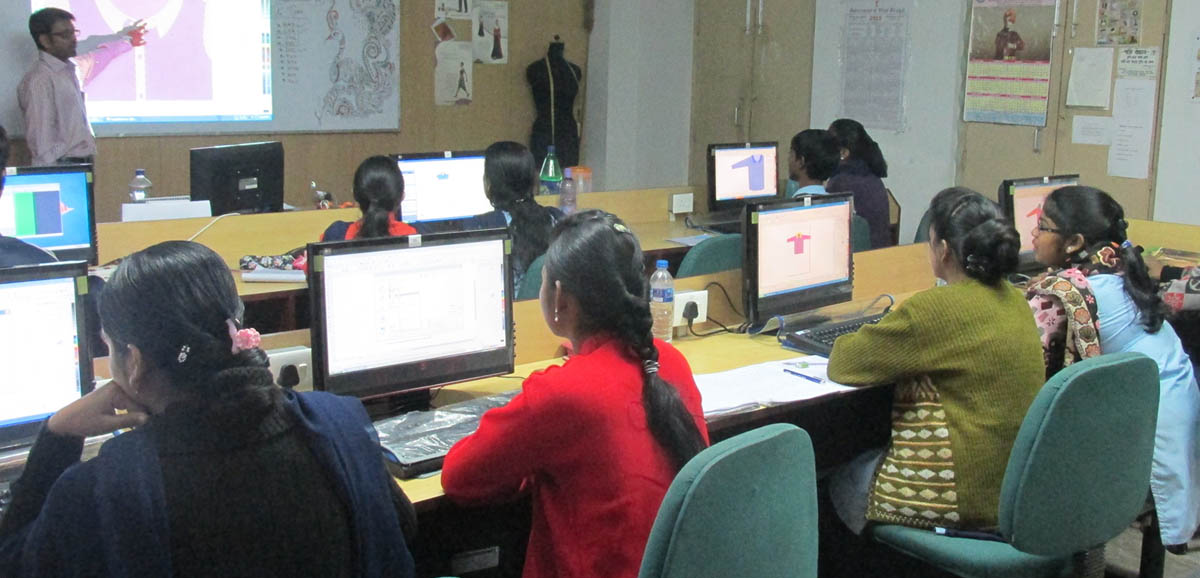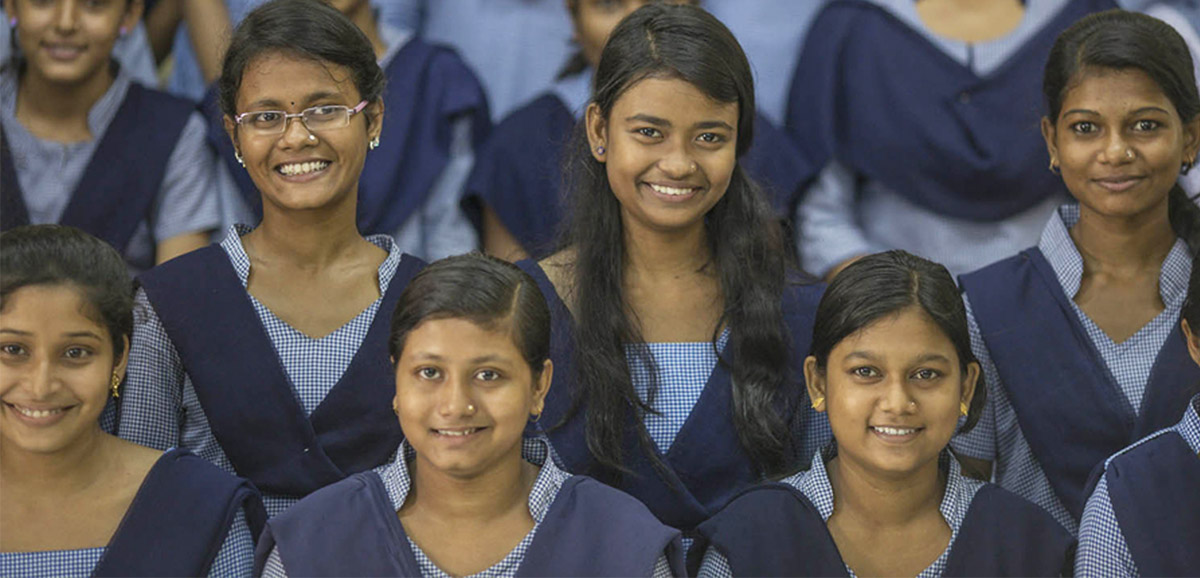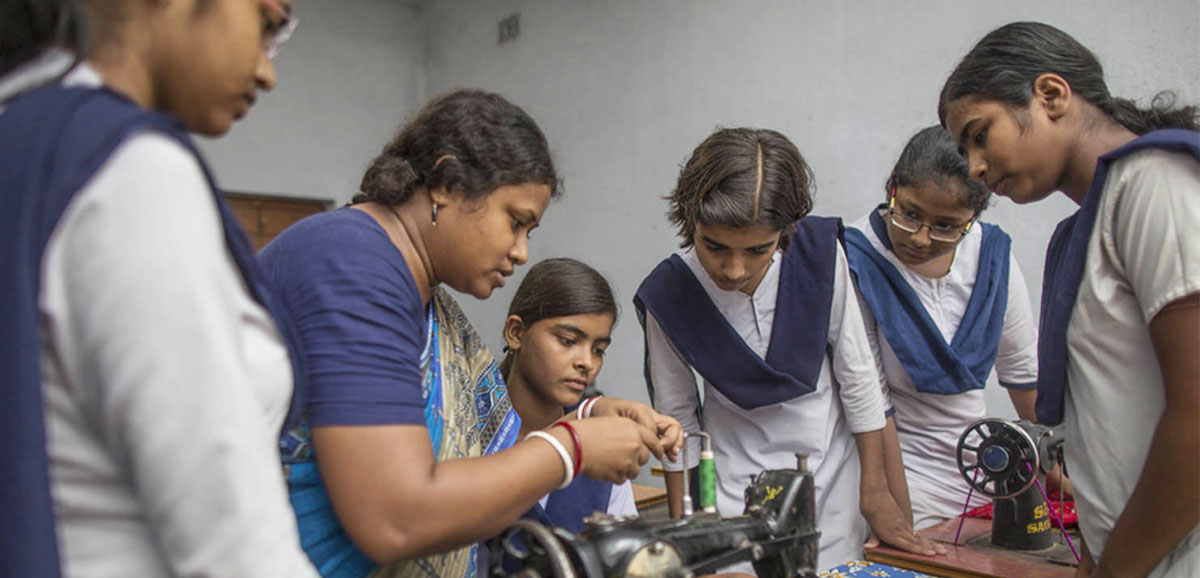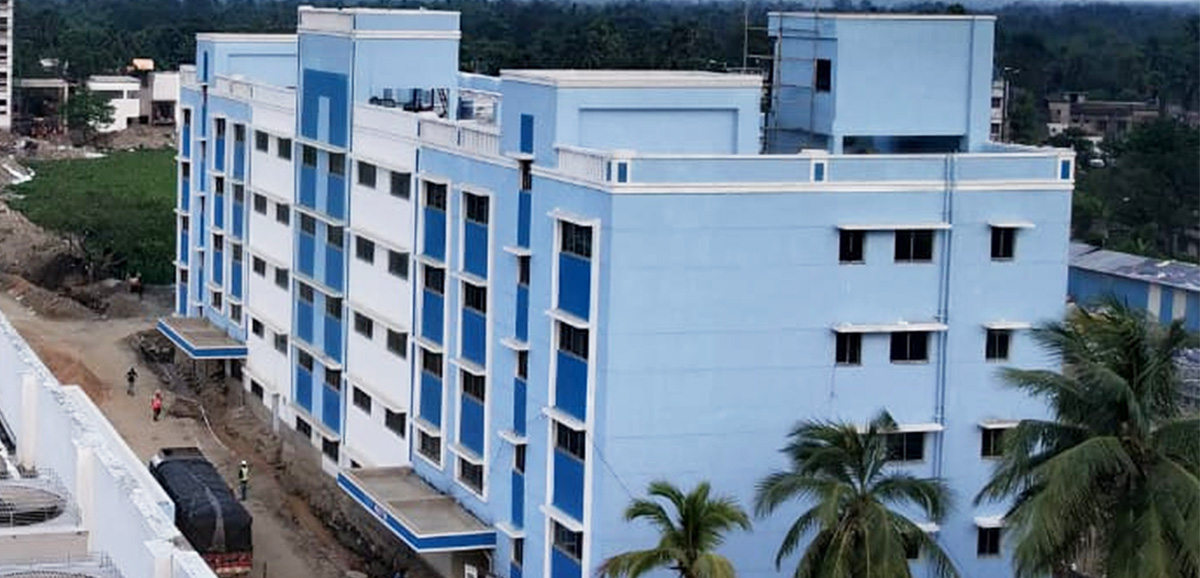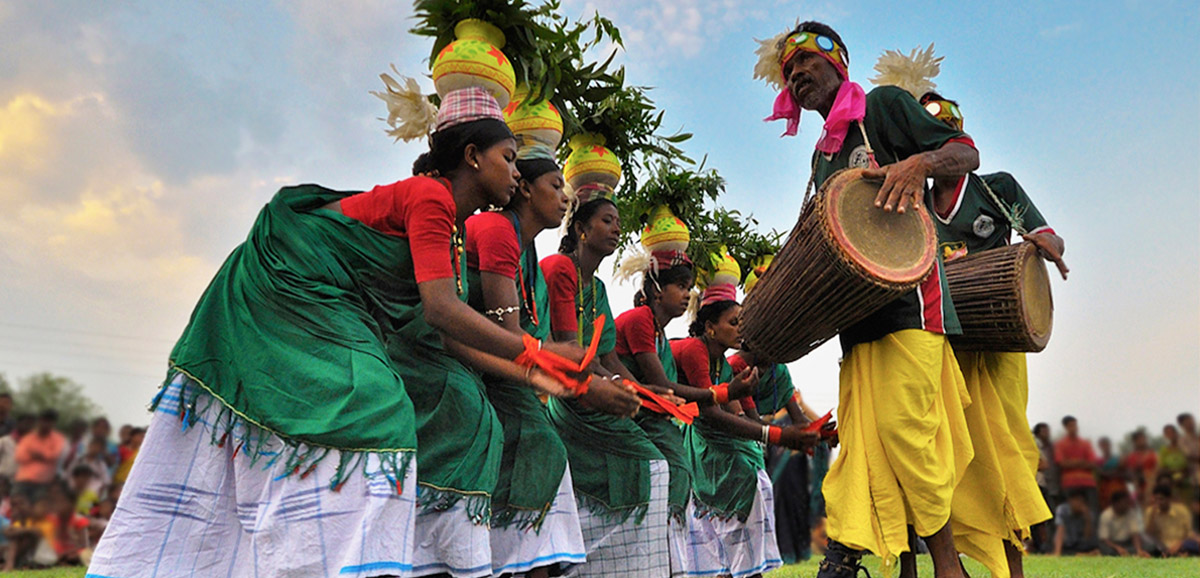The Trinamool Congress Government has expressed grave concerns over the huge transfer of cash reserves from the Reserve Bank of India (RBI) to the Central Government.
The State Finance Minister, Dr Amit Mitra said yesterday in the Assembly that the Rs 1.76 lakh crore transferred from dividend and surplus reserves has increased the financial risk of the country, suffering already as it is due to the massive mismanagement of the economy by the BJP-led government.
Contrary to the general condition of the country, he said, Bangla was faring much better, its GDP growth rate in 2018-19 being the highest among all the States.
He said two past governors of the RBI have spoken on the issue of transfer of cash reserves. It is a question of the RBI’s autonomy, which is under a question mark now. There should be a discussion on this topic. This decision will not only affect the Central Government but also all the State governments.
Explaining the reasons behind the superior performance of Bangla among the general gloom, he said that because the State Government increased the planned expenditure and capital expenditure, and because private investments are pouring in as a result of the industrial policy of the State, there has been a rise in the GDP.
The planned expenditure was increased from Rs 57,779 crore in 2017-18 to Rs 71,113 crore in 2018-19, which is an increase of 23 per cent, while the capital expenditure was increased from Rs 19,085 crore in 2017-18 to Rs 23,787 crore in 2018-19, an increase of 25 per cent.
Source: moneycontrol.com

